Three of Apple's favorite journalists have weighed in on iPhone 3G and reckon the device to be a major — though not perfect — improvement on its predecessor. We break down the highlights of each review.
- iPhone 3G "is much, much faster at fetching data over cellphone networks" than the original version.
- Overall, the new phone "mostly keeps its promises."
- Surfing the net was typically between three and five times as fast on AT&T's 3G network. In Washington and New York, 3G speeds ranged between 200 and 500 kilobits per second compared to 70 and 150 kbps on EDGE.
- With 3G enabled, the iPhone 3G's battery drained much more quickly in a typical day of use than the battery on the original iPhone.
- Apple has greatly improved the iPhone's audio. The built in speaker is much louder for music and speakerphone conversations, but the phone produced an echo when used with the built-in Bluetooth system in Walt's car.
- Exchange ActiveSync works well and setup takes just minutes. Any changes made on the iPhone are reflected instantly in Microsoft Outlook. Email is also pushed to the phone instantly.
- While iPhone Software v2.0 allows for both personal and Exchange email accounts to function simultaneously, synching Exchange calendars and contacts will erase any personal calendars and contacts.
- A side benefit to 3G coverage is that it improves voice coverage: "At my neighborhood shopping center, where the first iPhone got little or no AT&T service, the iPhone 3G registered strong coverage."
- AT&T, however, still has spotty network coverage in major metropolitan areas: "In New York City, riding in a taxi along the Hudson, one important call was dropped three times on the new iPhone. Finally, I borrowed a cheap Verizon phone and got perfect reception."
- "No equal among consumer-oriented smartphones."
- Baig's corporate data (through Exchange) was a "relative cinch" to setup and works well.
- 3G isn't accessible in parts of northern New Jersey, highlighting the at times spotty coverage of the faster network.
- Most websites take 10 to 30 seconds to load through 3G, which is a lot faster than on EDGE (which often takes an extra 30 seconds or more).
- The phone feels "perfectly comfortable" in the hand courtesy of the plastic back.
- Apple confirms that the plastic should improve reception versus the original's aluminum.
- The journalist is "impressed" by the accuracy of GPS, but says the phone begs for voiced turn-by-turn directions.
- Audio quality is better overall, particularly the speakerphone; headphones are of course still better.
- Parental controls actually remove icons outright from the home screen; they don't just block access.
- You'll still want to charge the phone about once a day if used regularly.
- Old iPod accessories meant to charge over Firewire circuitry (such as a Belkin car kit) don't work; iPhone 3G still only recognizes USB.
- Overall: an "enthusiastic thumbs up."
- The "gracefully curved" back feels better in the hand than the original iPhone.
- Call quality takes a "gigantic leap forward" and is "crystal clear" on either end of the call; few other phones rival it.
- Apple: the GPS receiver's antenna is too small to replicate turn-by-turn navigation of a full unit.
- Like with most GPS devices, a 'canyon' effect from downtown buildings can block reception.
- Battery replacement will still cost $86.
- Examples of third-party apps: iCall for VoIP calls over Wi-Fi, G-Park for position-based parking, and Urbanspoon for picking a random nearby restaurant by shaking the phone.
 AppleInsider Staff
AppleInsider Staff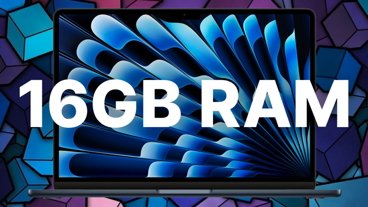
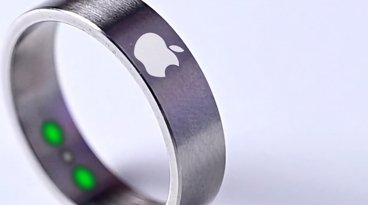
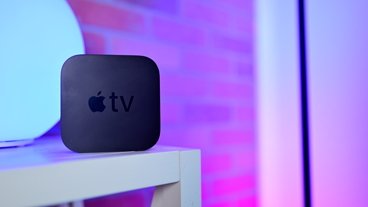

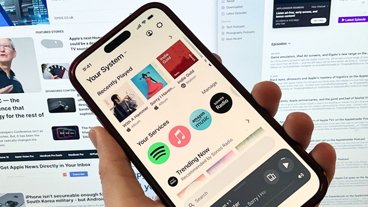
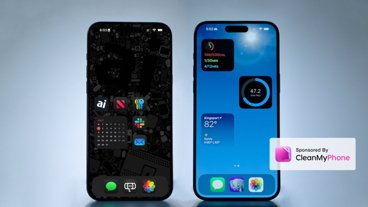
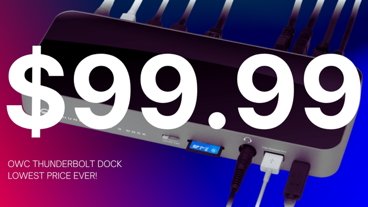
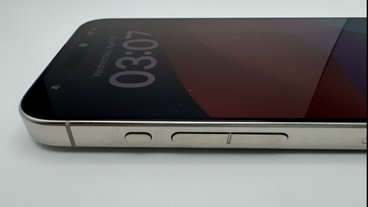
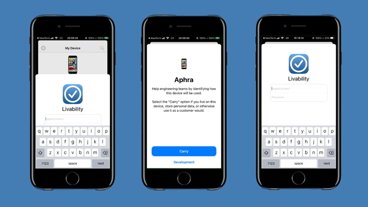
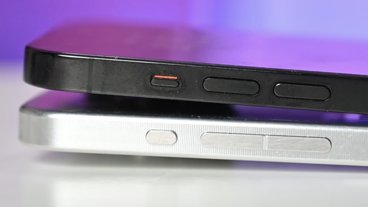
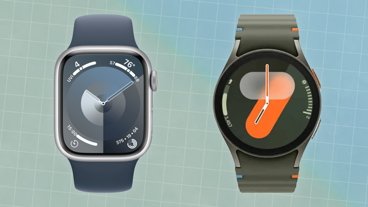
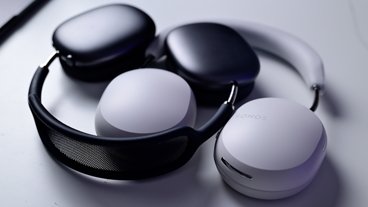
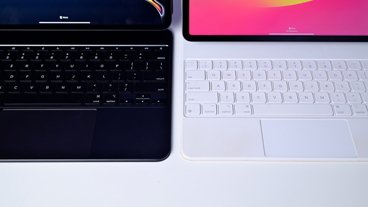

 Amber Neely
Amber Neely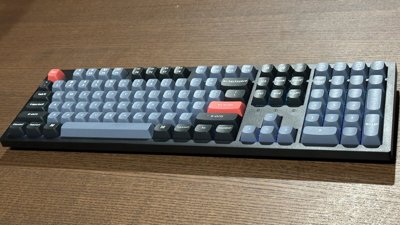
 Thomas Sibilly
Thomas Sibilly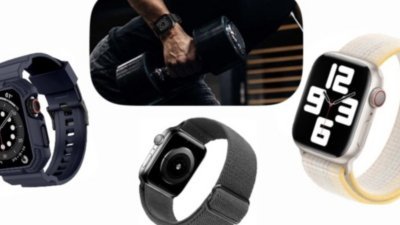
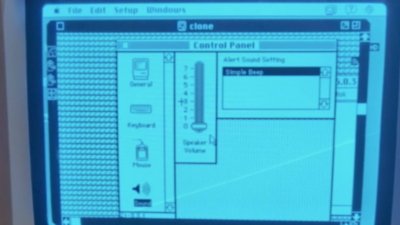
 William Gallagher
William Gallagher
 Malcolm Owen
Malcolm Owen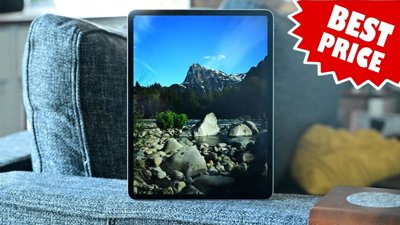
 Christine McKee
Christine McKee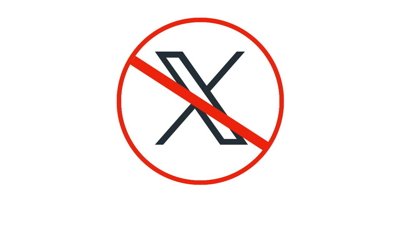
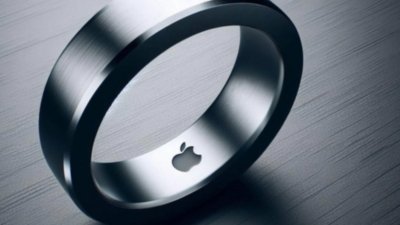
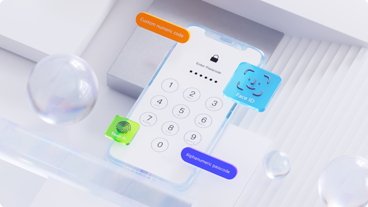
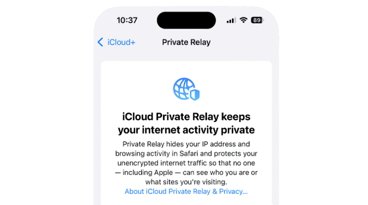
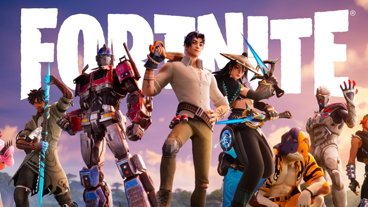
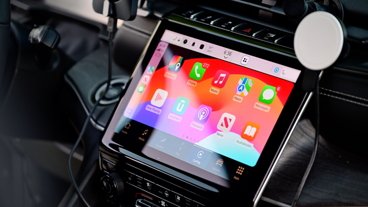
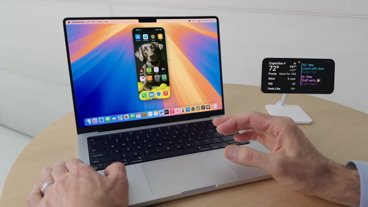
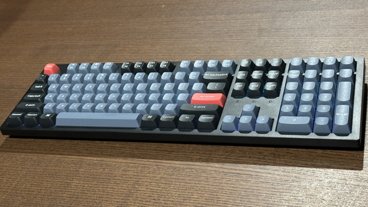
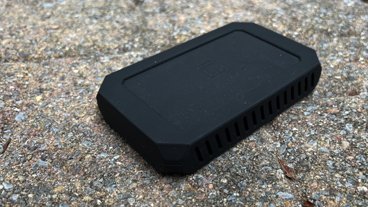
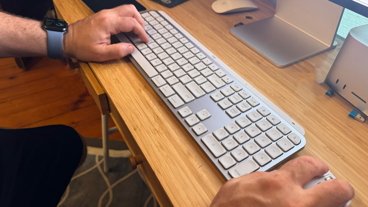

87 Comments
Zero comments? I guess nobody cares about the iPhone after all...
"While iPhone Software v2.0 allows for both personal and Exchange email accounts to function simultaneously, synching Exchange calendars and contacts will erase any personal calendars and contacts."
well, that sucks \
Zero comments? I guess nobody cares about the iPhone after all...
We didn't see the article until now.
We're in line at the Apple store in anticipation of getting iPhones, Friday morning!
4 things....MMS, copy/paste, landscape keyboard in all applicable features (SMS, notes, e-mail), better camera with zoom/flash. That would be the perfect phone I think. Yet somehow people will still complain about something...probably lack of tethering, locked to a carrier and monthly rates.
The GPS receiver's antenna is too small to replicate turn-by-turn navigation of a full unit.
Too small? I wasn't aware these were particularly large anymore. In all honesty, I don't know very much about the subject -- any resident experts willing to clear this up?